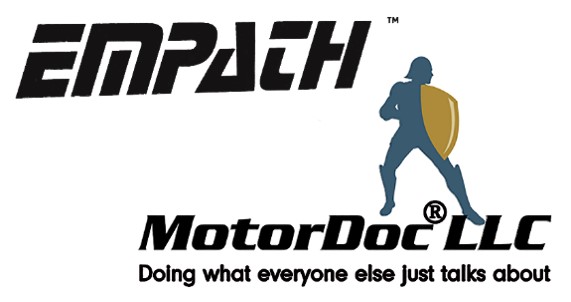What is the impact of an electrical reliability program? Or even the application of a precision maintenance program
Overall, the transition to a planned maintenance program from a reactive program has been identified by the US Department of Energy (US DOE) Industrial Assessment Centers (IAC) as having at least 14% improvement of all energy consumption at a facility. The application of an electrical reliability program has been found to reduce electrical energy between 25-40% in both commercial and industrial applications. This can be reinforced with precision maintenance in electrically driven equipment. Across a year virtually all improvements would be measured in MegaWatt-hours (MWh). The emissions depend on the mix of power generation which averages 0.707 tons/MWh (all tons are metric in this article) in the USA. The value tends towards 1.07 tons/MWh with low emissions coal-fired plants (vs. ‘dirty’ plants) and ~0.5 tons/MWh for natural gas base generation. (Ref. eia.gov).
In a generic application of a 10hp (7.5 kW) electric motor with a belt-driven fan where we assume an average over tension and misalignment, related bearing friction/loading, and slight over greasing we can measure associated losses of ~10% of full load, using present basic practices. So, if we assume operation of 5kW at 6,000 hours per year at $10/kW demand and $0.10/kWh with losses at 0.5kW, the impact would be 3,000 kWh/year (3 MWh). This translates to $300 additional usage, $60 demand, and excess emissions of ~2.1 tons CO2/yr. The USA recognized socio-economic impact cost is presently $54/ton CO2 which results in an additional $108/yr. For a single 10hp in an average belted application this would be $468/year plus >2 tons CO2/yr that could be corrected with precision maintenance practices.
Note: the above case is average as measured by defect frequency in kW using EMPATH ESA data collectors and ECMS-E1 continuous monitoring systems across a population of like-motors. These are still considered ‘good’ although they accelerate bearing, belt, sheave, and other motor defects.
If we have ten such motors for an application this would result in $4,680/year and 20 tons. As we look across an entire facility (example below) this value becomes much larger.
As we look at cost decisions, we can even see the savings of a line harmonic filter in a 50 HP VFD application working in light loads. Power harmonics add load to the system. If we consider conservative losses of 5% with a good VFD operating at 50% speed in a variable torque application we see ~3kW load with ~0.15kW due to harmonics. This can translate to 900 kWh/year (0.9 MWh) or 0.65 tons CO2 and $90/year. While this doesn’t sound like a lot, what happens if we have a large facility with 90 systems with this average; we have a minimum of 59 tons CO2 and $8,100/year in measurable losses.
What happens if we start at the top and have a 2MW facility operating at full capacity 6,000 hours/year and 1MW for 2,760 hours/year? This translates to 12,000 MWh and 2760 MWh for a total of 14,760 MWh/year. If we extrapolate to motor-driven equipment we see 70% as motor loads, or 10,330 MWh/year. The application of an electrical reliability program focused on motor-driven systems, alone, would have at least 25% reduction, or 2,580 MWh/year. What type of benefits would we see?
The emission reduction for the above facility would be a minimum of 1,825 tons CO2/year, $258,000/year electrical usage and demand charges bringing the total electrical savings to more than $300,000/year. The socio-economic impact would be over $98,550/year and cap and trade savings of $16,425/year. In addition, the overall reliability and maintenance costs in time and materials would be reduced between 40-50%. When we look at the impact, we would note a significant reduction in cost per unit of production and/or cost per square foot in commercial applications.
All of the small steps work toward the larger impact. This can include everything from lubrication and smart choices to air leaks and driven equipment maintenance.
